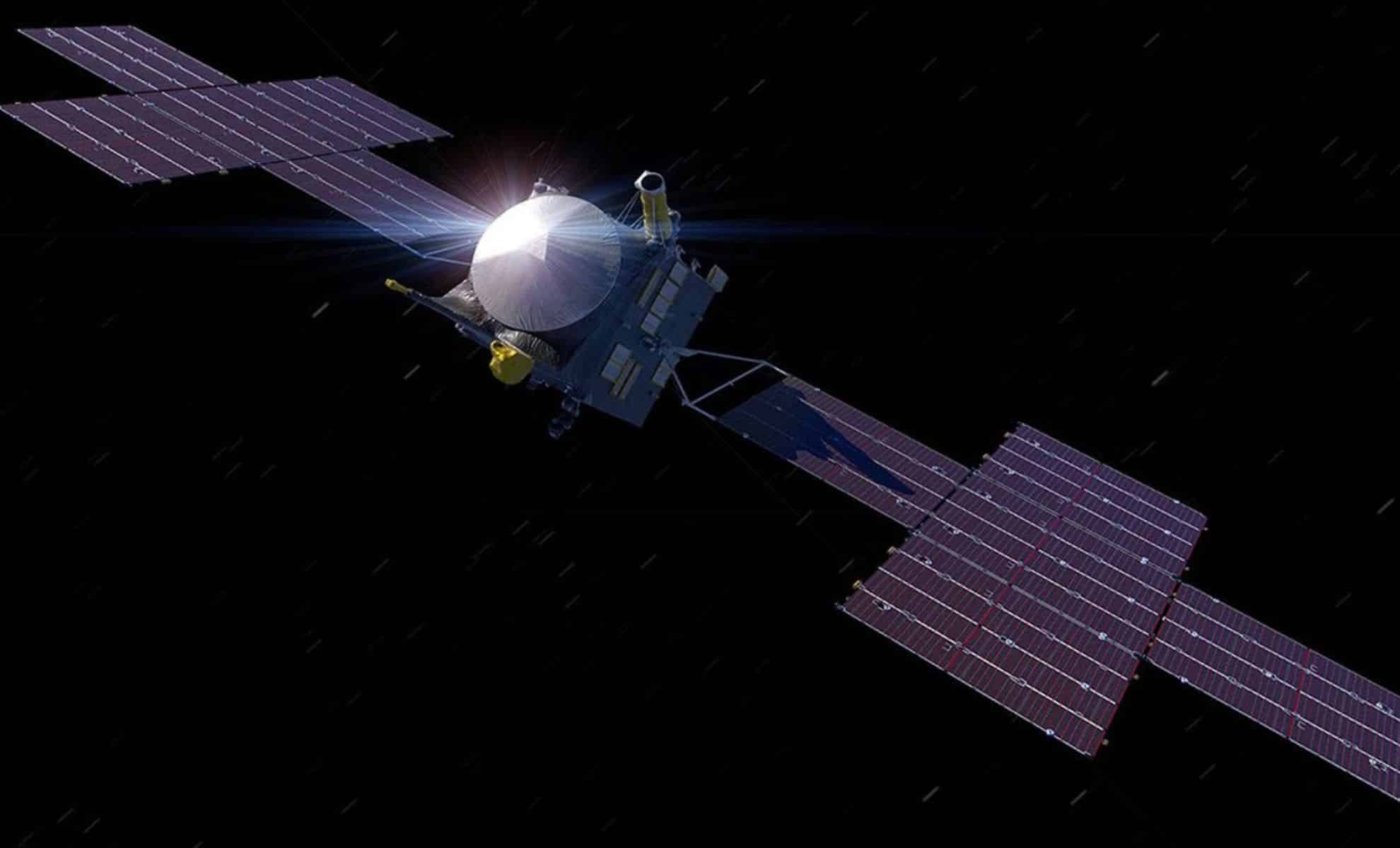
NASA’s Psyche Spacecraft Returns to Full Propulsion After Temporary Interruption
How did your country report this? Share your view in the comments.
Diverging Reports Breakdown
NASA’s Psyche Spacecraft Returns to Full Propulsion After Temporary Interruption
NASA’s Psyche spacecraft has officially resumed full-time propulsion following a temporary suspension earlier this year. Engineers had detected an abnormal drop in pressure within the propulsion system, prompting a halt in full operations. Engineers plan to sustain propulsion activity for an equivalent of three months between June and November 2025. This effort ensures the spacecraft will maintain its trajectory and remain on schedule for a critical gravity-assist flyby of Mars in May 2026. Psyche remains on track to reach its asteroid target in August 2029. The probe is headed to a rare object in our solar system — a body that may be the metallic core of an early planetesimal, offering unprecedented insight into the origins of rocky worlds like Earth. The goal is to determine whether Psyche is a fragment of anEarly planetary core or a fundamentally different type of object that challenges current models of planetary formation. The mission team can continue focusing on preparing the spacecraft for its scientific phase without the pressure of major trajectory correction.
An Unexpected Pressure Drop Pauses the Mission’s Momentum
In early April 2025, the Psyche mission encountered an unplanned pause in thruster activity. Engineers had detected an abnormal drop in pressure within the propulsion system, prompting a halt in full operations. Although the spacecraft remained stable, the pause raised concerns about the timeline and precision of its deep space journey.
The mission team conducted a detailed analysis of the anomaly. Investigations pointed to a valve issue in the spacecraft’s primary xenon line — a crucial component of its electric propulsion system. With no safe way to resolve the issue in the primary system, the team opted to reroute operations to an identical backup xenon line already built into the spacecraft. This change proved successful and allowed thruster activity to resume on June 16.
The Return of Steady Propulsion Secures the Flight Path to Mars and Beyond
Now operating via the backup xenon line, Psyche’s electric propulsion system is performing as expected. Engineers plan to sustain propulsion activity for an equivalent of three months between June and November 2025. This effort ensures the spacecraft will maintain its trajectory and remain on schedule for a critical gravity-assist flyby of Mars in May 2026.
The flyby will provide the necessary velocity boost to help Psyche reach its destination in the asteroid belt. Without this maneuver, the spacecraft’s trajectory would require recalibration — an outcome the team successfully avoided by restoring propulsion capabilities in time.
“The mission team’s dedication and systematic approach to this investigation exemplifies the best of NASA engineering,” said Bob Mase, project manager at NASA’s Jet Propulsion Laboratory. “Their thorough diagnosis and recovery, using the backup system, demonstrates the value of robust spacecraft design and exceptional teamwork.”
Why Xenon and Electric Thrusters Are Mission-Critical
The Psyche spacecraft relies on electric propulsion powered by ionized xenon gas. These thrusters deliver small but continuous thrust by accelerating charged particles, ideal for long-duration missions where efficiency is paramount. Over time, this method builds the momentum necessary for deep space travel.
Although the propulsion system is highly efficient, it requires absolute consistency. Even minor irregularities in xenon flow or pressure can compromise long-term navigation. The recent system switch highlights the importance of built-in redundancy and flexible engineering in autonomous spacecraft systems.
This incident also reaffirms NASA’s approach to risk mitigation: anticipate potential points of failure and embed fail-safes directly into mission architecture.
Psyche Remains on Schedule for 2029 Arrival
Despite the mid-mission disruption, Psyche remains on track to reach its asteroid target in August 2029. The probe is headed to a rare object in our solar system — a body that may be the metallic core of an early planetesimal, offering unprecedented insight into the origins of rocky worlds like Earth.
Once in orbit around the asteroid, the spacecraft will begin a multi-phase study of its surface, magnetic field, and composition. The goal is to determine whether Psyche is a fragment of an early planetary core or a fundamentally different type of object that challenges current models of planetary formation.
With propulsion now back online, the team can continue focusing on preparing the spacecraft for its scientific phase without the pressure of major trajectory correction.
Resilience and Teamwork Define Psyche’s Latest Chapter
What could have been a major mission setback was ultimately resolved through engineering foresight and rapid diagnostics. The ability to pivot to a backup propulsion line and restore full capabilities showcases the importance of integrated design and deep system knowledge.
“Their thorough diagnosis and recovery, using the backup system, demonstrates the value of robust spacecraft design and exceptional teamwork,” reiterated Bob Mase. The recovery serves not only as a technical win but also as a case study in how mission resilience is built into the DNA of modern spacecraft.
Psyche continues its journey across the solar system — now powered again, and with the full backing of a team prepared for whatever lies ahead.
Source: https://dailygalaxy.com/2025/06/nasas-psyche-spacecraft-returns/
